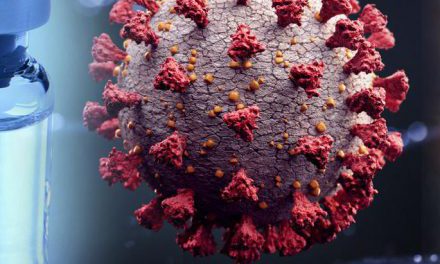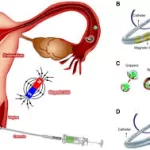Date: September 18, 2024
In a recent opinion piece published in the Cell Press journal Trends in Molecular Medicine, physician-scientists are making a compelling case for the routine examination of placentas after birth, arguing that their current discard often leads to a significant loss of valuable medical information.
Senior author Mana Parast, MD, PhD, a professor of pathology at the University of California San Diego School of Medicine, emphasizes that placentas should not be considered mere waste. Instead, they are a critical source of information that can reveal a great deal about both pregnancy outcomes and future health risks for the parent and baby.
“The placenta is crucial for nutrient and waste exchange between the developing offspring and the pregnant person,” says Parast. “When the placenta is diseased, it can impact the health of both the parent and the baby during pregnancy and beyond. Yet, its potential for revealing underlying issues remains underutilized in clinical practice.”
Pathological examination of the placenta is currently most common in cases of stillbirths. However, placental pathology can also provide insights into conditions such as small birth size, neurological issues in infants, and maternal health problems like hypertension and preeclampsia.
“Placentas have the potential to uncover not only the causes of adverse outcomes in infants but also insights into maternal health,” Parast explains. “For instance, a particular placental lesion, known as decidual arteriopathy, may be an indicator of future cardiovascular disease in women. Other lesions can signal the likelihood of recurring issues like preeclampsia or stillbirth in future pregnancies.”
The examination of placentas is especially valuable in the context of preterm births. Current practices often involve administering antimicrobial antibiotics to preterm infants to prevent bacterial infections, but antifungal treatments are less common. Rapid examination of placentas for fungal infections can expedite appropriate treatment and potentially improve outcomes.
“Preterm babies are at higher risk for infections, and quick placental examination can alert the neonatal intensive care unit (NICU) team to include antifungals in their treatment regimen,” notes Parast.
Despite these benefits, placental analysis remains underutilized. The researchers advocate for integrating placental pathology into routine care for complicated pregnancies. They point out that some U.S. hospitals already examine all placentas, even in uncomplicated cases, but this practice demands significant resources.
Furthermore, there is a call for increased research funding and incorporation of placental pathology into prospective clinical trials. Parast argues that this approach could provide crucial insights into how placental lesions relate to both current and future health conditions.
“Including placental evaluations in clinical trials is essential for understanding the full scope of placental pathology,” Parast asserts. “It’s akin to conducting a cancer trial without pathology — you would be operating without a complete picture.”
In summary, the researchers highlight the need for a shift in how placental tissue is perceived and utilized, advocating for its inclusion in routine medical practice and research to enhance our understanding of its impact on health outcomes.
For further details, the full opinion article is available in the September 18 edition of Trends in Molecular Medicine.











